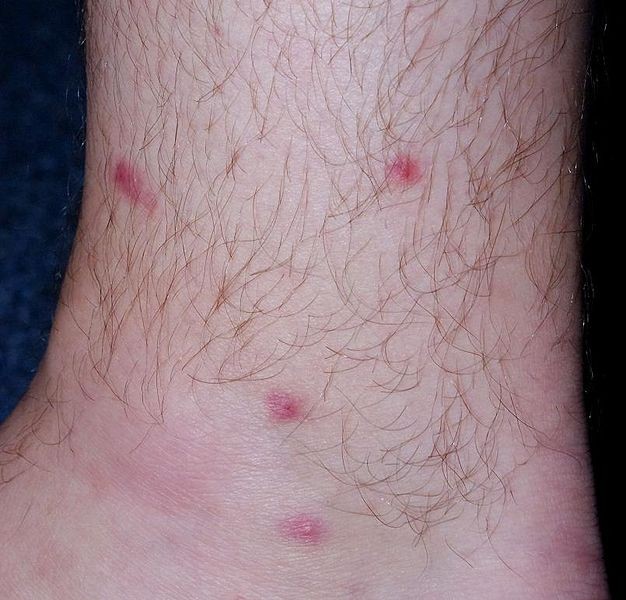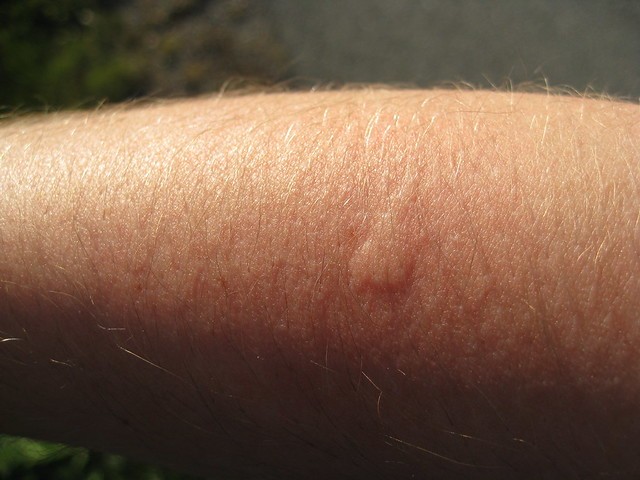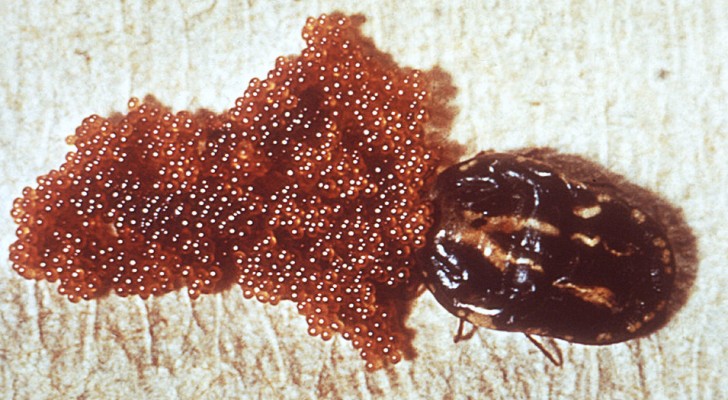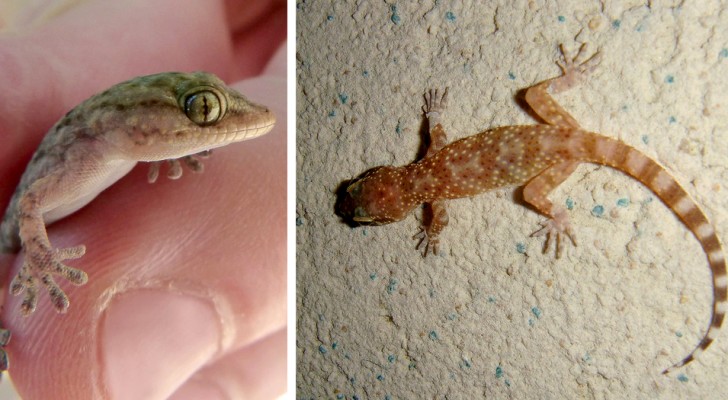Insect bites: Here are the 10 most common and how to distinguish them from each other

With the arrival of the summer season, the cases of insect bites and stings become more frequent.
However, very often, we do not know how to recognize the different types of bites or stings. Therefore, we basically just try to ignore them, convinced that in one way or another, sooner or later they will disappear.
Yet there are different types of bites and stings associated with various insects and sometimes knowing how to recognize them immediately could in some cases actually save our lives!
Here are 10 insect bites or stings that you should be able to identify immediately!
Wasp
Wasp stings are painful, and often cause redness and swelling; generally, the area of the bite is much wider than that of mosquitoes and is also clearly visible to the naked eye.
Red ant
Red ants first bite and then sting as they release a toxin that can cause allergic reactions. Similar to the bite of ticks or fleas, the sting area of a red ant manifests a bright red color that is visible to the naked eye and causes instantaneous pain.
Horsefly
A horsefly bite is very unpleasant; and these insects leave a bite mark that immediately causes swelling, followed by inflammation and sometimes a sense of vertigo. To soothe the area you can apply an ice pack to give some relief.
Bedbug
The bites of bedbugs, especially those that unsuspectingly hide inside our mattresses and in our closets, are easily confused with those of mosquitoes, but bedbug bites often have a zigzag pattern. Among the most common consequences are redness, swelling, and general pain.
Tick
You will not feel the bite of a tick, it is initially painless, but this troublesome variety of parasites does create a bite mark that is rather recognizable on bare skin: a red dot surrounded by a halo of general redness.
Bee
Bee stings are among the most common but also among the most insidious. Bees, especially honey bees, once the skin has been stung, leave their stinger with its venom sack still attached, in the skin! Consequently, it is advisable to remove it before the poison can cause an infection.
Bumblebee
The stings of bumblebees are very similar to those of wasps, which cause blisters and widespread swelling. In addition, in some cases, there is also numbness and a bluish skin color around the area directly affected by the sting.
Flea
Small red dots that are very itchy and look more like a skin rash than an insect bite are the distinctive features of flea bites.
Fleas are not only commonly found on our four-legged friends, but they can also cause painful and troublesome damage to the human body. Fleas tend to attack more in the areas regarding the legs and arms.
Louse (lice)

Small red spots accompanied by persistent and annoying itching; these are the signs of lice bites. The presence and the bites of these insects are easily seen on the scalp or in other parts of the body where there is hair.
Mosquito

Mosquito bites are the most well-known and common, and they are particularly recognizable because they form swellings around the bite which, if scratched, become red and continue to itch persistently.
OK! Get ready, the long summer season complete with insect bites and stings is about to arrive!





